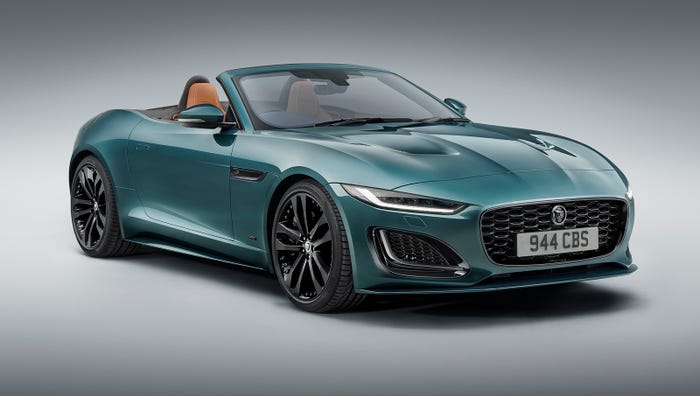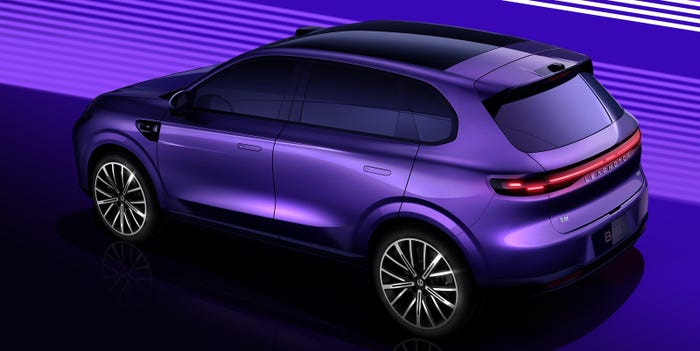Tele Atlas Aims to Enhance In-Vehicle Infotainment
There are opportunities for more helpful information, such as fuel prices, parking availability, flight information and concert listings.



DETROIT – Vehicle infotainment systems should be providing drivers a lot more than directions to the nearest supermarket and whether there’s a traffic jam on the morning route to work.
So says Jonathon B. Husby, automotive market director for digital map provider Tele Atlas North America Inc., at this week’s Convergence 2006 Transportation Electronics Conference.
“Customer expectations are changing with the Internet,” he says. “They want real-time information. They want to see it quickly. They want to have it quickly. They want to see what’s in front of them. They want to have it right now.”
Husby says Tele Atlas is seeking to enhance the sensory experience of in-vehicle infotainment systems, as well as content.
For instance, while 2D displays are becoming the norm with navigation systems, 3D displays are “moving very rapidly,” he says. Many navigation systems in Japan already have 3D imagery, with details so specific, they show whether a building is made of stone or wood.
Another way to enhance the map user’s sensory experience is the use of brand icons, such as a McDonald’s Corp. logo, overlaid on a street image. “What a great opportunity from a visual perspective to tie-in OEM brands with particular brand icons,” Husby says.
Enhanced digital photo quality also would be pleasing, he says. Tele Atlas currently is working with companies looking into terabyte hard drives vs. the standard 30GB or 40GB units to accommodate more imagery and content.
Husby sees new possibilities for in-vehicle information content, as well, such as fuel prices, parking availability, flight information, retail sales, restaurant menus and concert listings.
He also foresees in-vehicle peer-to-peer information sharing similar to online community MySpace. Users not only could access restaurant ratings from Zagat but also local diners.
“These are all things that can reside on the hard-disk drive inside the vehicle, but there needs to (be) a hybrid approach of bringing it in real-time,” Husby says, noting wireless connectivity is the ideal way to do this but is not always practical.
“The challenges are that the disk-drive capacity must keep up with the data requirements,” he says. “The ultimate dream is that you (are) always connected. But in the event that you can’t be, let’s keep the data onboard but update it as frequently as possible.”
He says most auto makers typically update content for their in-vehicle infotainment systems once a year, with some moving to twice yearly. However, this can be cost-prohibitive, and there are challenges in how to implement the updates.
Tele Atlas is experimenting with online downloads that allow the car owner to insert a disk or USB flash drive into the vehicle’s hard drive or USB port.
Frequent updates are important, Husby says, noting Tele Atlas’ database of 40 million road segments undergo 3 million edits per month. Half of all points of interest were modified in 2005, according to a leading POI provider, he says.
Read more about:
2006About the Author
You May Also Like





